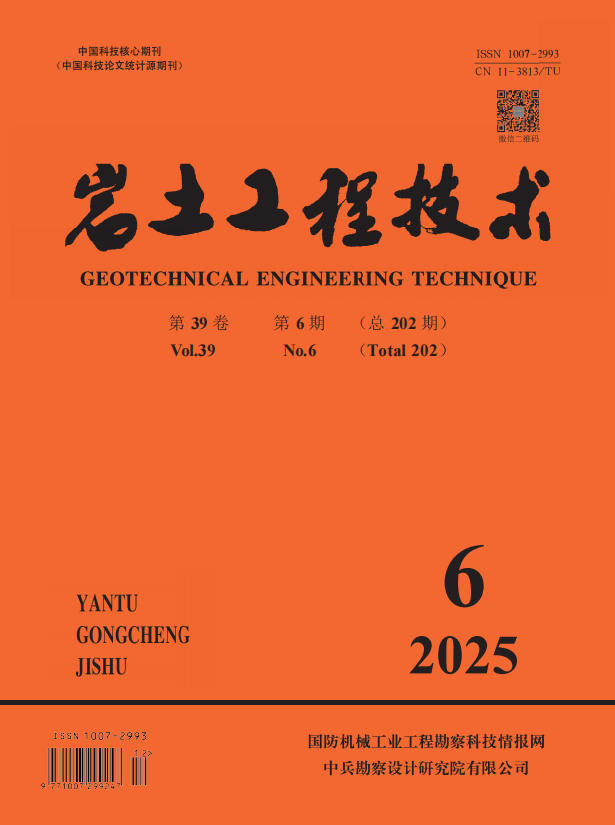2004 Vol. 18, No. 3
Display Method:
2004, 18(3): 109-112,125.
Abstract:
2004, 18(3): 113-115.
Abstract:
2004, 18(3): 116-121.
Abstract:
2004, 18(3): 122-125.
Abstract:
2004, 18(3): 126-129.
Abstract:
2004, 18(3): 130-132.
Abstract:
2004, 18(3): 133-137.
Abstract:
2004, 18(3): 138-140,143.
Abstract:
2004, 18(3): 141-143.
Abstract:
2004, 18(3): 144-146,153.
Abstract:
2004, 18(3): 147-150.
Abstract:
2004, 18(3): 151-153.
Abstract:
2004, 18(3): 154-156,160.
Abstract:
2004, 18(3): 157-160.
Abstract:
2004, 18(3): 161-162.
Abstract:



